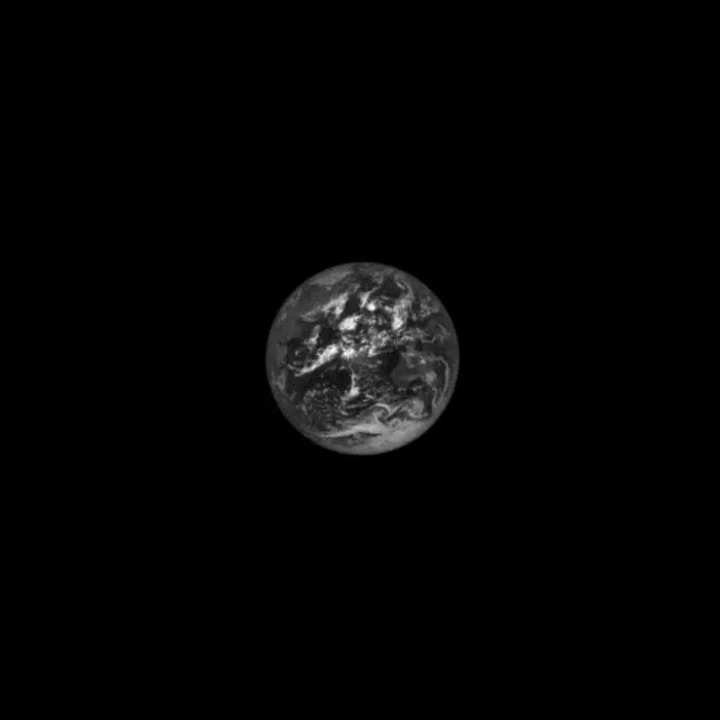NASA’s Lucy spacecraft captures images of Earth, Moon ahead of gravity assist
A NASA spacecraft named Lucy, the first mission to the Jupiter Trojan asteroids, has captured an stunning image of Earth, along with a photo of the Earth and the Moon, as part of gravity assist to gain some of the orbital energy it needs to travel to this never-before-visited population of asteroids.
NASA’s Lucy spacecraft captured the image of Earth at a distance of 620,000 kms. The upper left of the image includes a view of Hadar, Ethiopia, home to the 3.2 million-year-old human ancestor fossil for which the spacecraft was named, the US space agency said in a statement.
Lucy is the first mission to explore the Jupiter Trojan asteroids, an ancient population of asteroid “fossils” that orbit around the Sun at the same distance as Jupiter.
To reach these distant asteroids, the Lucy spacecraft’s trajectory includes three Earth gravity assists to boost it on its journey to these enigmatic asteroids.
Read Also


The image was taken with Lucy’s Terminal Tracking Camera (T2CAM) system, a pair of identical cameras that are responsible for tracking the asteroids during Lucy’s high-speed encounters.
The T2CAM system was designed, built and tested by Malin Space Science Systems; Lockheed Martin Integrated the T2CAMs onto the Lucy spacecraft and operates them.
Lucy spacecraft also captured an image of the Earth and the Moon from a distance of 1.4 million km.
These Earth flybys provide Lucy with the speed required to reach the Trojan asteroids – small bodies that orbit the Sun at the same distance as Jupiter.
On its 12-year journey, Lucy will fly by a record breaking number of asteroids and survey their diversity, looking for clues to better understand the formation of the solar system.
FacebookTwitterLinkedin

A NASA spacecraft named Lucy, the first mission to the Jupiter Trojan asteroids, has captured an stunning image of Earth, along with a photo of the Earth and the Moon, as part of gravity assist to gain some of the orbital energy it needs to travel to this never-before-visited population of asteroids.
NASA’s Lucy spacecraft captured the image of Earth at a distance of 620,000 kms. The upper left of the image includes a view of Hadar, Ethiopia, home to the 3.2 million-year-old human ancestor fossil for which the spacecraft was named, the US space agency said in a statement.
Lucy is the first mission to explore the Jupiter Trojan asteroids, an ancient population of asteroid “fossils” that orbit around the Sun at the same distance as Jupiter.
To reach these distant asteroids, the Lucy spacecraft’s trajectory includes three Earth gravity assists to boost it on its journey to these enigmatic asteroids.
Read Also


The image was taken with Lucy’s Terminal Tracking Camera (T2CAM) system, a pair of identical cameras that are responsible for tracking the asteroids during Lucy’s high-speed encounters.
The T2CAM system was designed, built and tested by Malin Space Science Systems; Lockheed Martin Integrated the T2CAMs onto the Lucy spacecraft and operates them.
Lucy spacecraft also captured an image of the Earth and the Moon from a distance of 1.4 million km.
These Earth flybys provide Lucy with the speed required to reach the Trojan asteroids – small bodies that orbit the Sun at the same distance as Jupiter.
On its 12-year journey, Lucy will fly by a record breaking number of asteroids and survey their diversity, looking for clues to better understand the formation of the solar system.
FacebookTwitterLinkedin
